
The third quarter of 2024 marks a strong recovery in Vietnam's major seafood import markets. The two major markets, the United States and China, have played an important role in bringing Vietnam's seafood exports back to growth. Entering the fourth quarter, in the first month of this quarter (October), seafood exports reached more than 1 billion USD, an increase of 28% over the same period last year. For the first time in more than 2 years (since June 2022), monthly seafood exports have returned to the 1 billion USD mark.
According to the Ministry of Agriculture and Rural Development, the value of seafood exports in October 2024 is estimated at 1.1 billion USD, bringing the total value of seafood exports in 10 months to 8.33 billion USD, up 12% over the same period in 2023. The United States, China and Japan are the three largest markets for seafood products in Vietnam, accounting for market shares of 18.5%, 16.8% and 15.4% respectively. Among the 15 main seafood export markets, the market with the strongest increase in export value is Russia with an increase of 94.8%. On the contrary, the market with the strongest decrease in export value is Thailand with a decrease of 10.1%.
In October alone, seafood exports to China exploded with an increase of 37%, affirming its position as the largest market and having the fastest growth rate in the month. Other markets were equally vibrant, such as exports to the US increased by 31%, Japan increased by 22%, the EU increased by 27%, and South Korea increased by 13%.
According to the Vietnam Association of Seafood Exporters and Producers (VASEP), in recent years, the United States has always been the largest seafood import market of Vietnam. Vietnam's seafood export turnover to this market in the past 5 years has fluctuated from 1.5 - 2.1 billion USD per year. Despite always facing strict protection policies such as anti-dumping and anti-subsidy taxes, the demand of the US market is still very large. Along with that, the quality of Vietnamese seafood is increasingly improved, helping to maintain and expand its position in this market.
Recently, the US Department of Commerce announced preliminary anti-subsidy duties on shrimp imported from Ecuador, India and Vietnam. The tax rate for Vietnamese shrimp is 2.84%, significantly lower than India's 4.36% and Ecuador's 7.55%. This is an important competitive advantage for Vietnamese shrimp in the US market in the coming time.
By the end of October 2024, Vietnam's seafood exports to the United States had reached 1.5 billion USD, up 15% over the same period last year. It is estimated that in 2024, seafood exports to this market will bring in 1.85 billion USD, up 19% over 2023.
Notably, seafood exports tend to grow strongly in the Chinese market, which is likely to surpass the US in the last months of the year, if the 20% growth momentum of the past 10 months is maintained. If this growth rate continues, China could become the largest import market for Vietnamese seafood, VASEP forecasts.
Although the European economy is recovering more slowly than the United States and China, positive signals from seafood consumption and import prices are gradually recovering, showing a positive outlook for Vietnamese businesses. By the end of October 2024, seafood exports to the EU had increased by 11% compared to the same period last year.
In the EU, Vietnamese seafood is enjoying great advantages from the Free Trade Agreement between Vietnam and the EU (EVFTA). Seafood products that enjoy incentives immediately after the EVFTA comes into effect have shown positive export growth results. Typically, the tax on most raw shrimp (fresh, frozen, chilled) entering the EU is reduced to 0% as soon as the agreement comes into effect. While Thailand and India do not have FTAs, Ecuador is still subject to a basic tax rate of 12%...
Right in the EU, besides the main and traditional export markets such as the Netherlands, Germany, France, etc., Vietnam's seafood exports still have a lot of room and opportunities to exploit more effectively some potential markets and niche markets in the EU.
The EU market tends to recover, market prices and consumption are more stable. It is forecasted that the demand for imports and consumption of seafood products in the EU in the last months of the year may continue to increase. The structure of Vietnam's seafood exports to the EU in the coming time is expected to have many changes when Vietnamese seafood exporting enterprises actively promote the export of seafood products that enjoy incentives from the EVFTA Agreement while partners also prioritize choosing seafood products from Vietnam due to more competitive prices and stable raw material sources.
In terms of products, shrimp and pangasius are two products with great growth potential. According to VASEP, by the end of October, shrimp exports had reached more than 3.2 billion USD, up 13%, while pangasius exports were nearly 1.7 billion USD, up 10%. In October alone, shrimp and pangasius exports had a strong breakthrough, with increases of 26% and 24% respectively, far surpassing tuna and octopus.
Ms. Le Hang, Director of Communications of VASEP, in 2024, both shrimp and pangasius will continue to be key products and have positive prospects, thanks to growing demand and recovering prices in markets such as the United States, China, Japan, and Australia.
Although the shrimp and pangasius industries are in the peak import season, they are still facing a shortage of domestic raw materials. Businesses need to be more flexible in using their raw material reserves and alternative sources of supply to make the most of market opportunities.
According to the Ministry of Agriculture and Rural Development, aquatic product output in the first 10 months reached nearly 7.9 million tons, up 2.5% over the same period. Aquaculture alone reached over 4.6 million tons, up 3.8%; of which tra fish was 1.44 million tons, up 4.7%; shrimp was over 1.1 million tons, up 5%.
Despite positive export signals, Mr. Tran Dinh Luan, Director of the Department of Fisheries, said that production costs, feed costs and veterinary medicine for aquaculture, especially shrimp farming in Vietnam, are still quite high. Countries such as India, Ecuador and Indonesia also have strong and competitive shrimp industries. Trade barriers and strict standards from major import markets such as the United States, the EU and Japan are increasingly strict in terms of quality, traceability and food safety.
Source: https://doanhnghiepvn.vn/kinh-te/xuat-khau-thuy-san-tang-toc-tro-lai-tu-tin-vuot-muc-tieu-10-ty-usd/20241110071704028


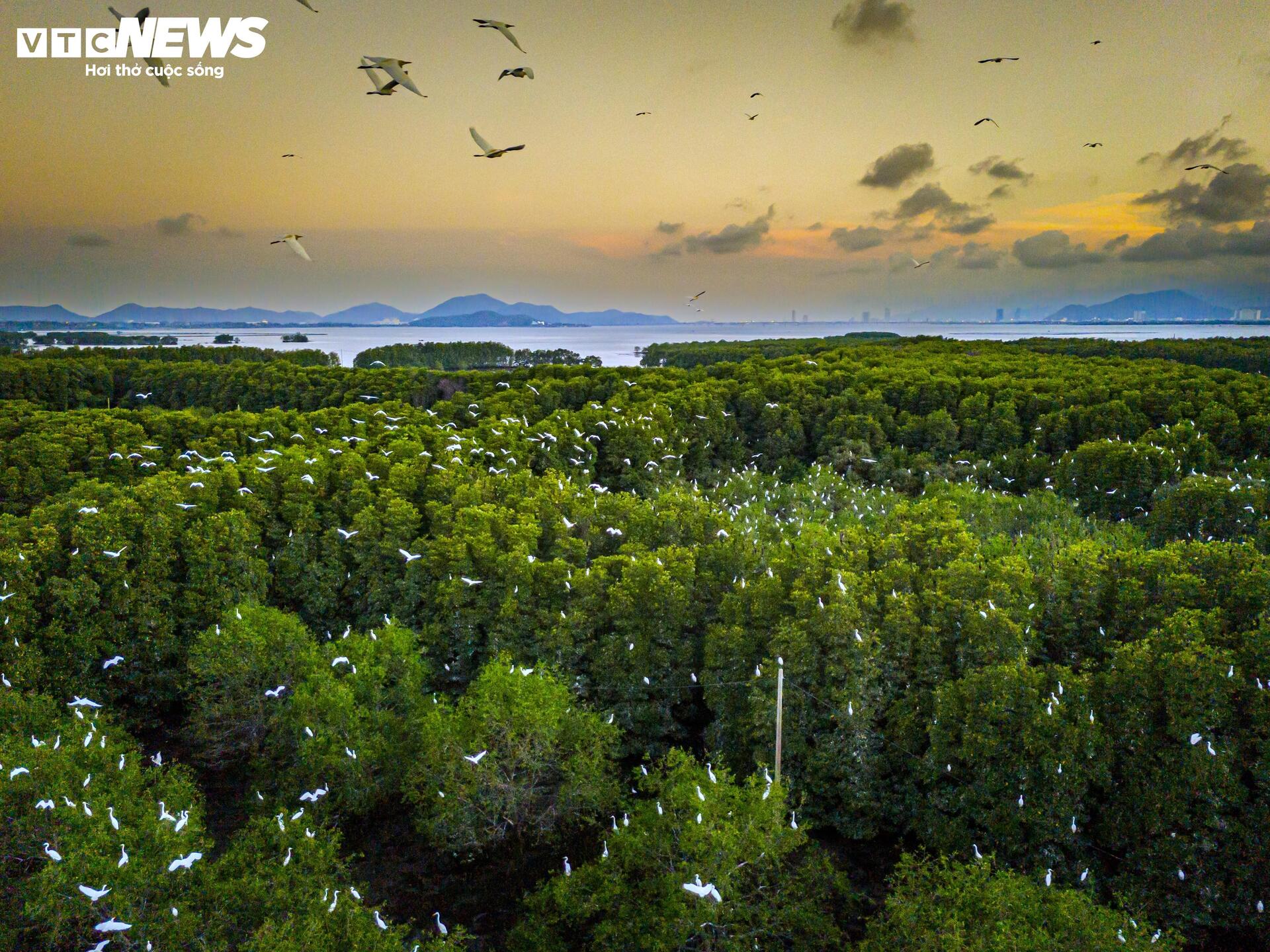



























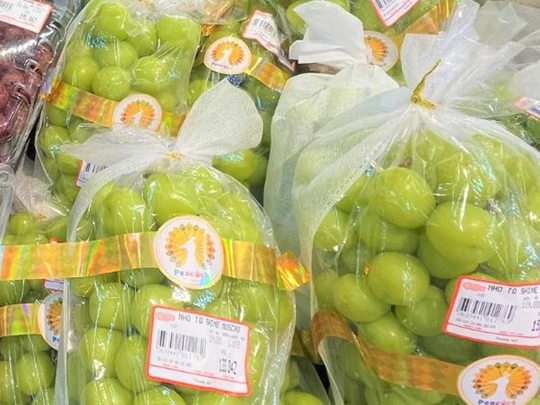

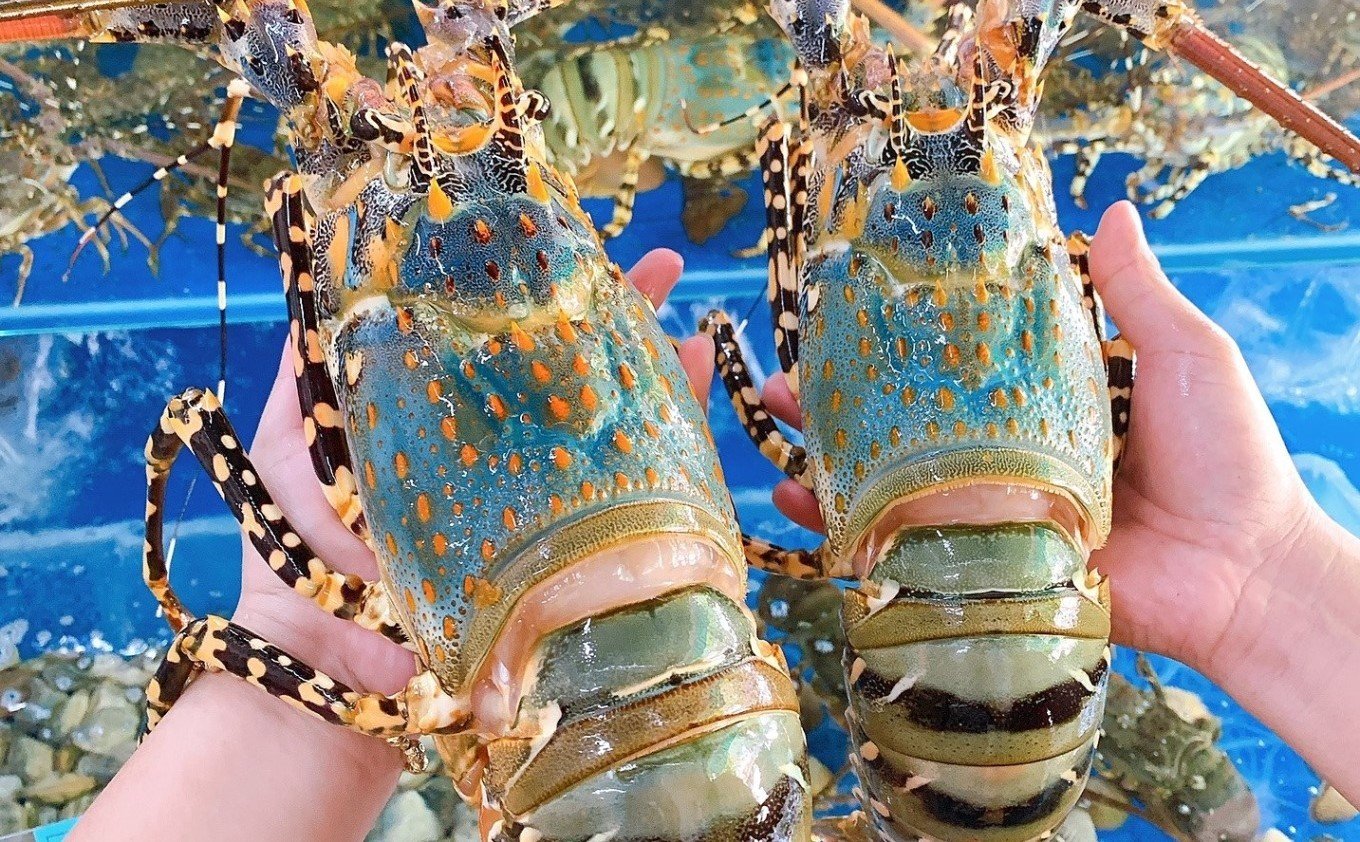

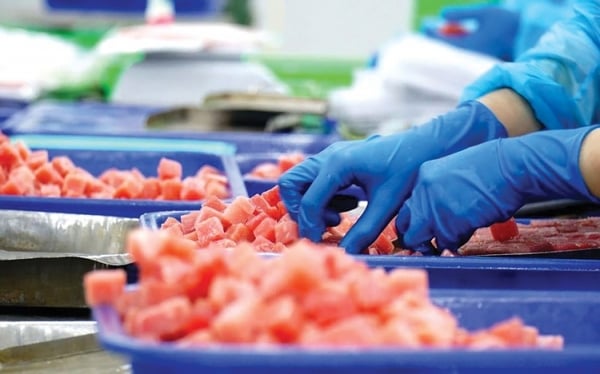

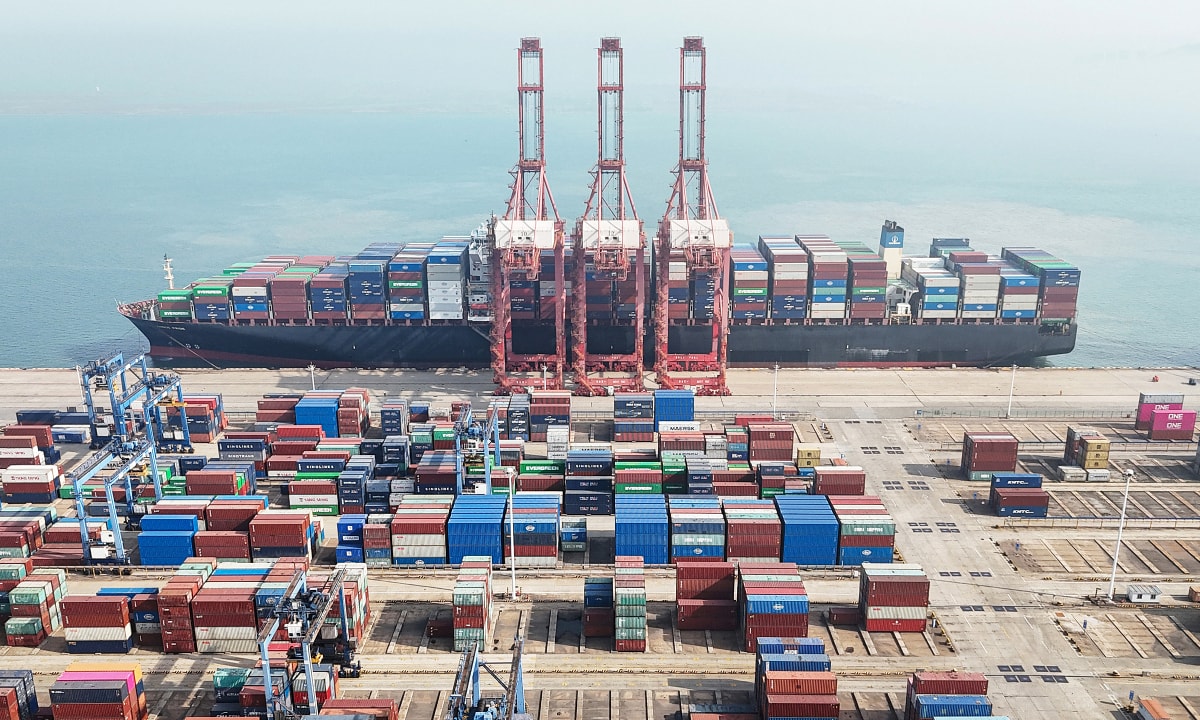
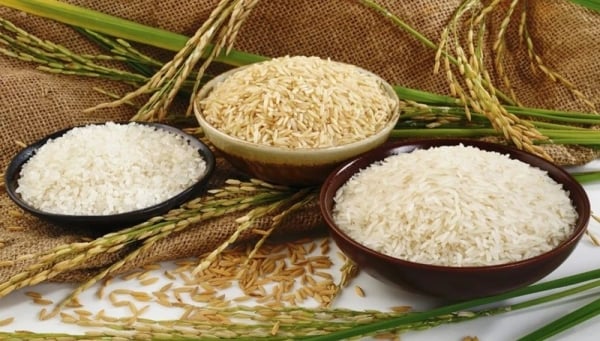
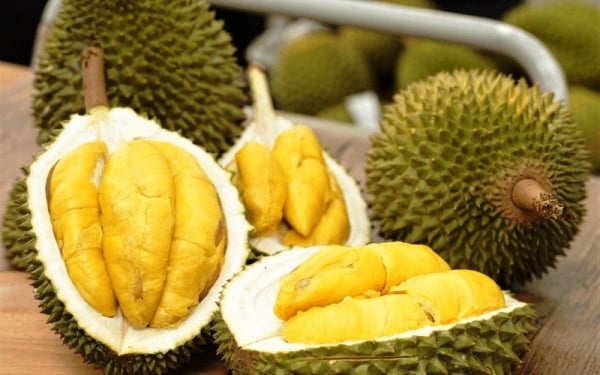
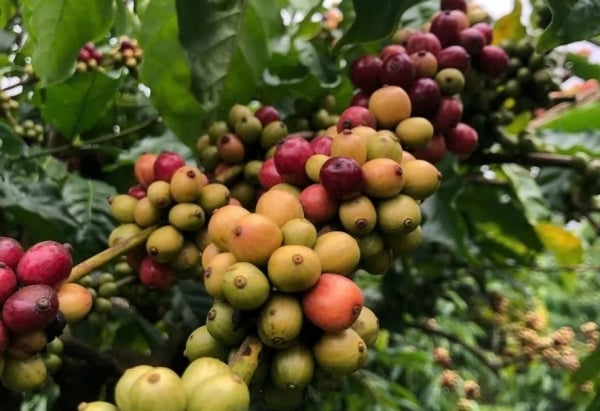
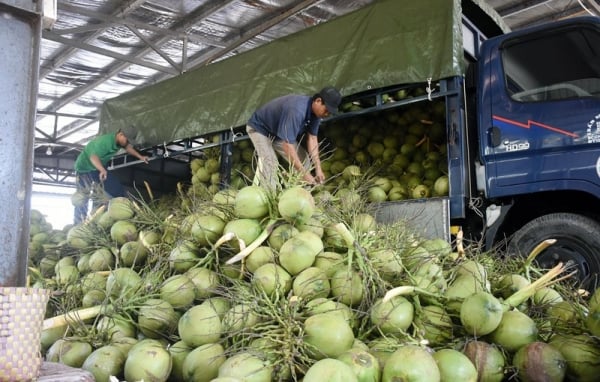
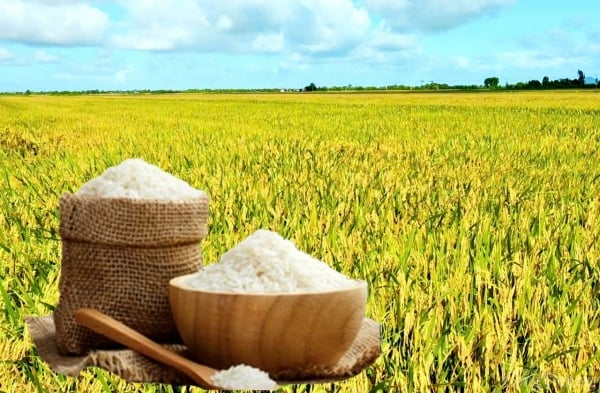


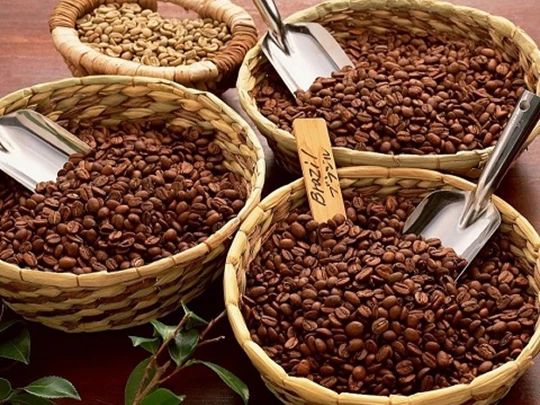
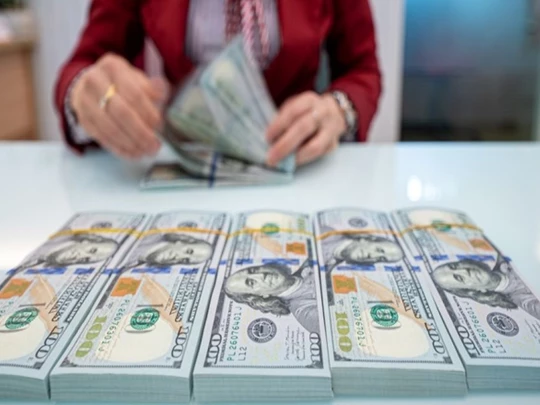















Comment (0)